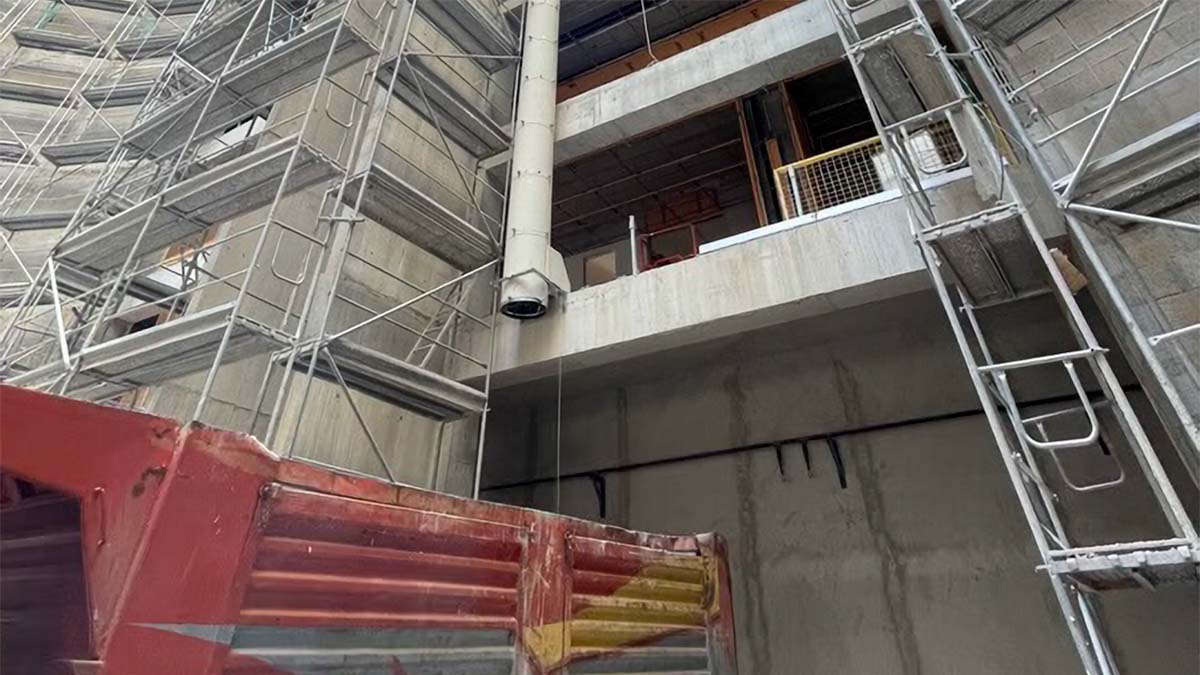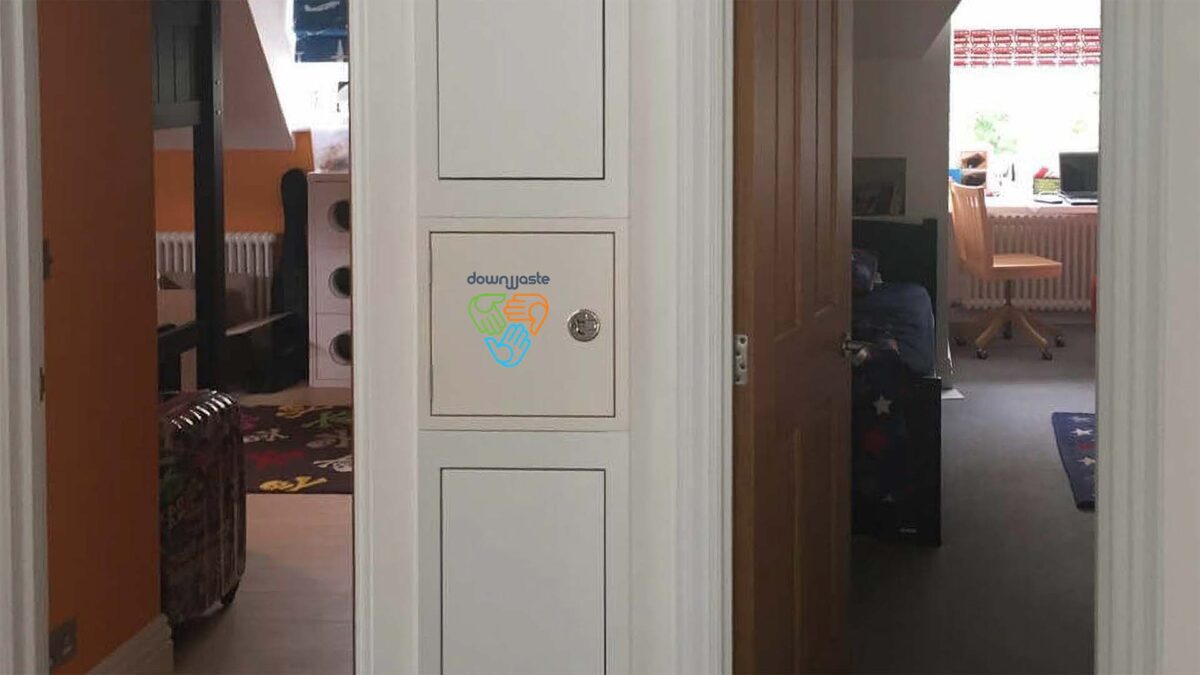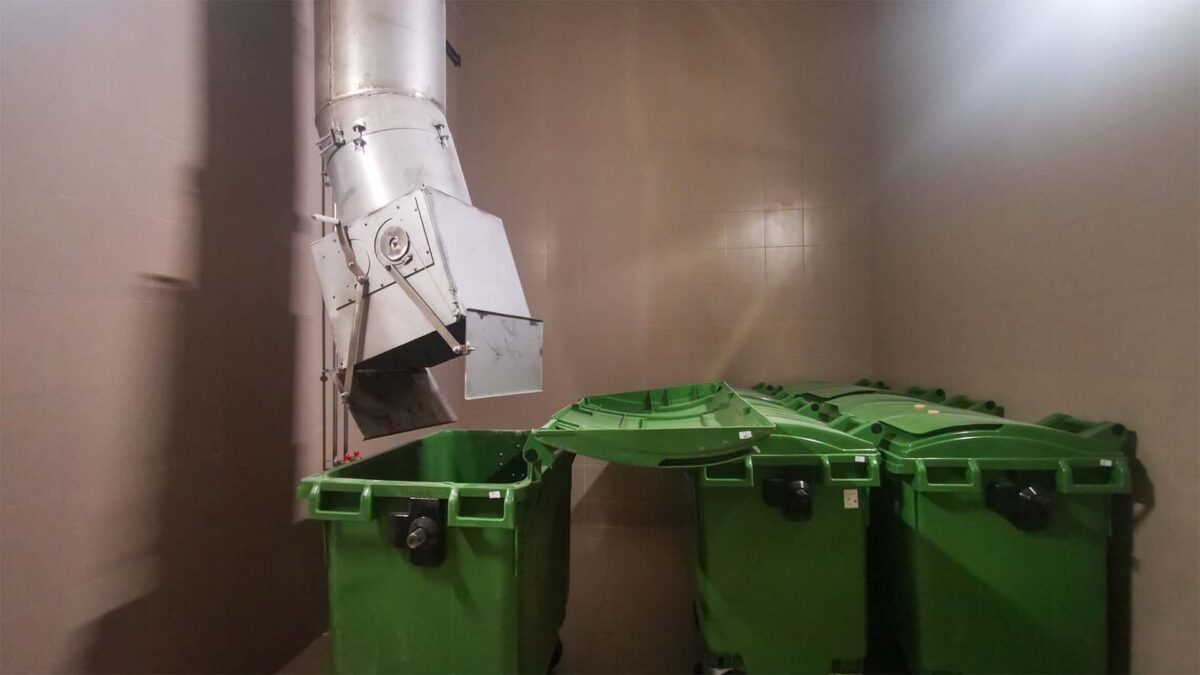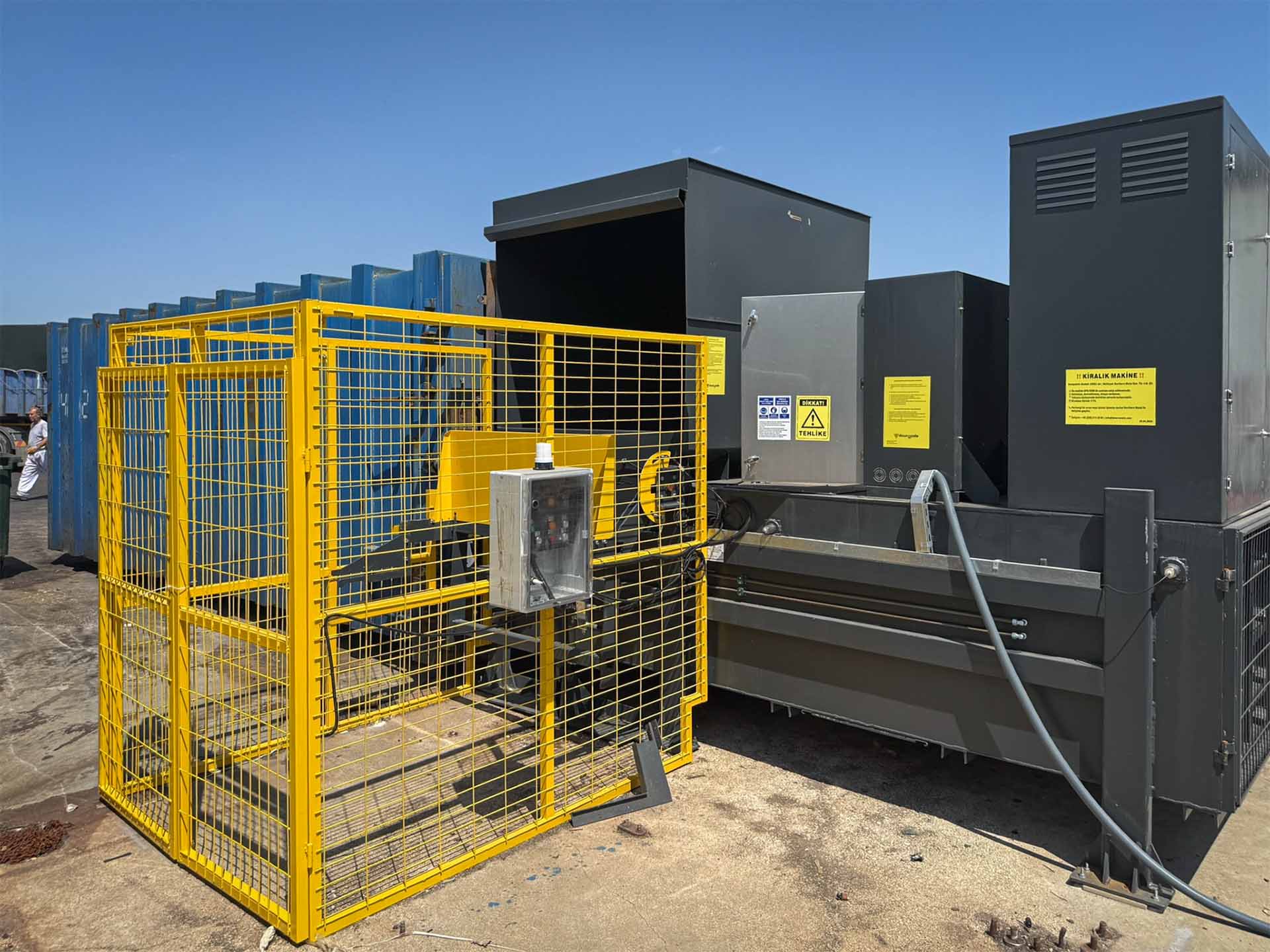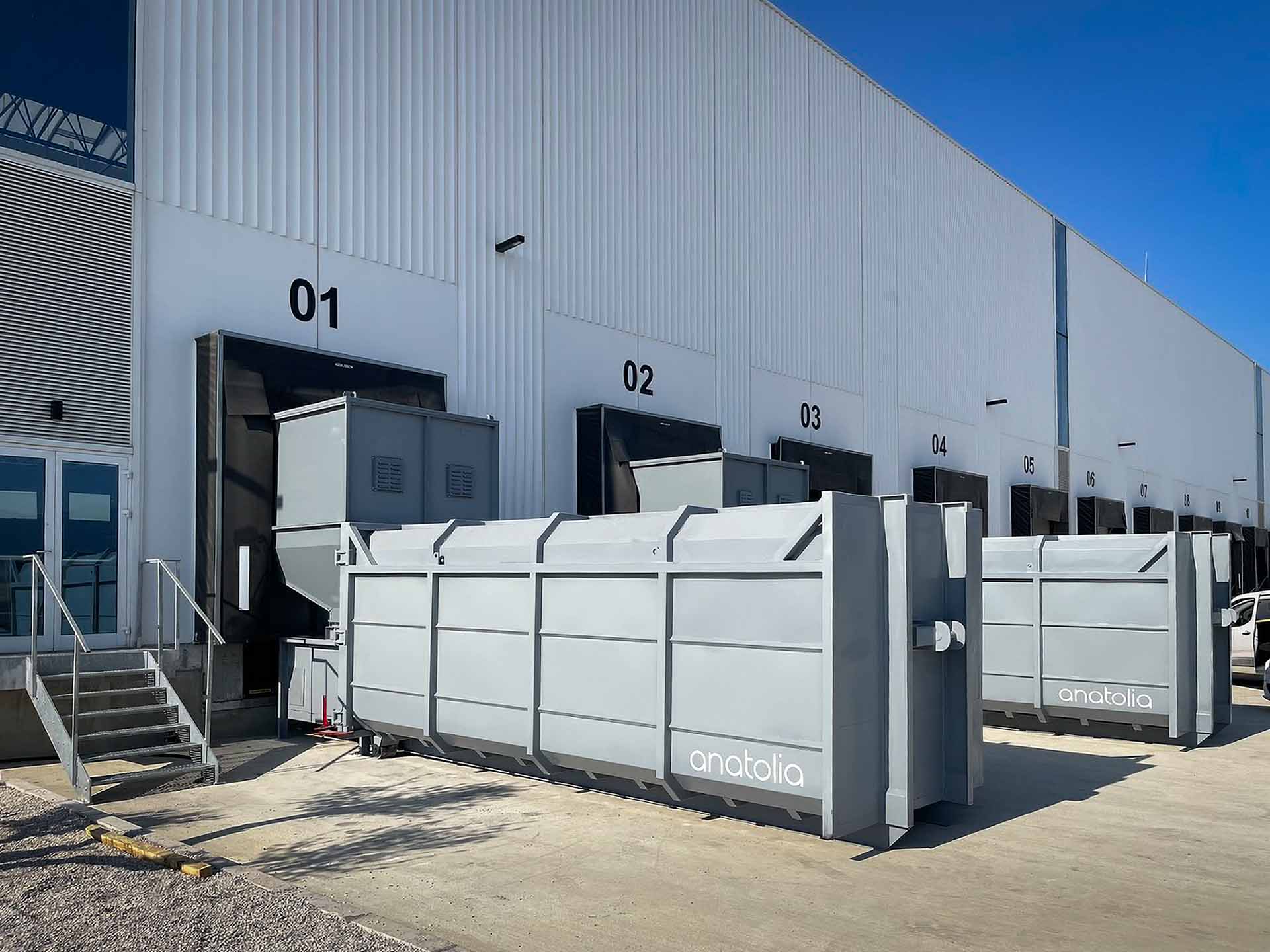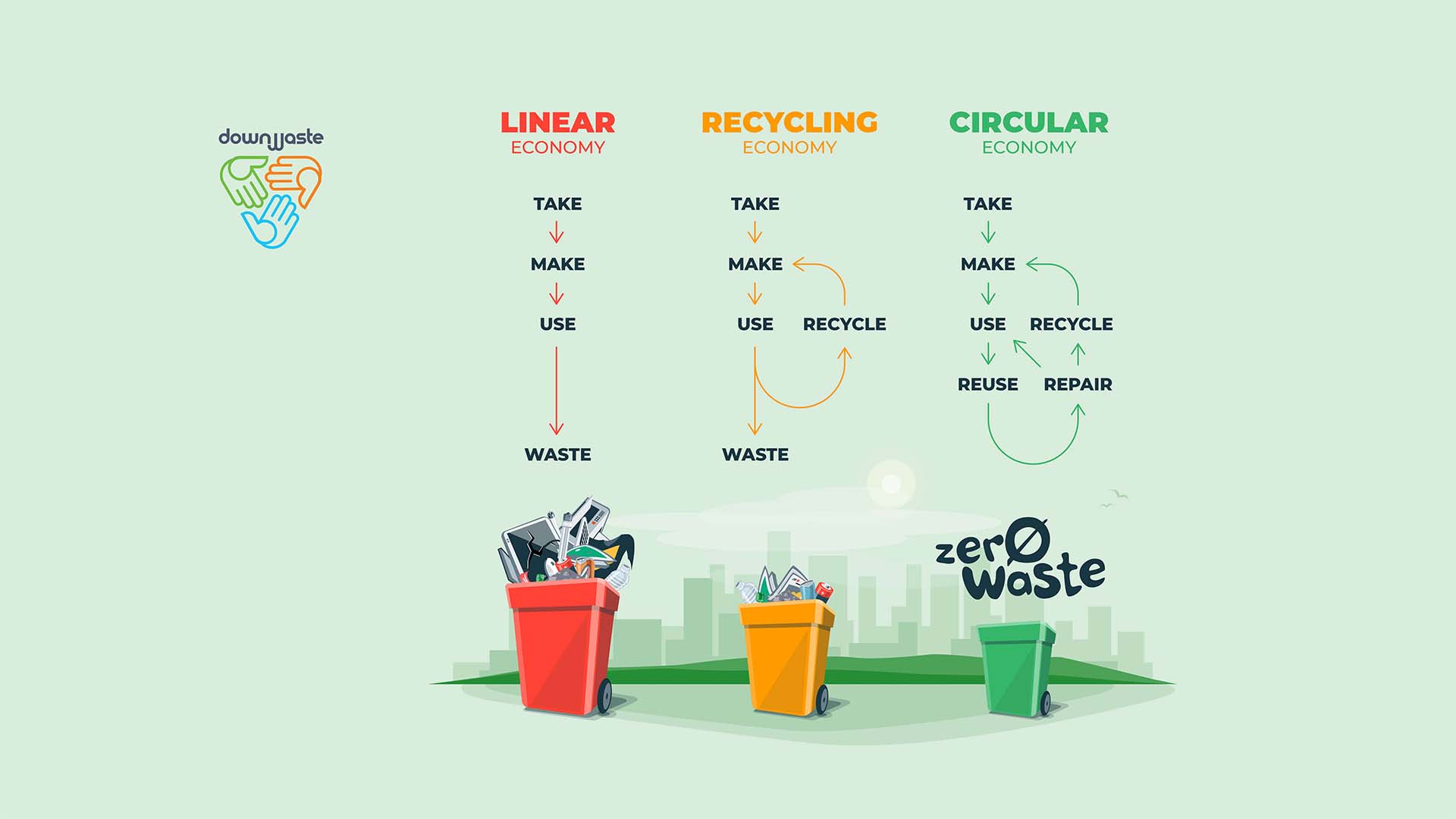
The importance of waste sorting has become one of the most crucial issues of our time. Plastics are polluting the rivers and seas, increasingly threatening the food chain and sea life. Waste sorting is the process of properly managing and disposing of the waste we generate in our homes, workplaces, and communities to ensure it doesn’t end up in places it shouldn’t. However, sorting does not fully reflect the true complexity and importance of proper waste management. This is because sorting doesn’t necessarily ensure that the separate collection, transportation, and transformation into reusable materials are done solely to minimize environmental harm. Often, there is a more significant economic profitability aspect at play, which seems to be failing in most cases.
Therefore, to fully grasp the importance of waste management, we need to understand what waste is, how it is generated and managed, and why the consequences of these processes are becoming increasingly costly for our environment and economy.
Waste can be defined as any substance or object discarded, intended to be discarded, or required to be discarded. This includes a wide range of materials, from food packaging to end-of-life electronics. So, everything man made is eventually a waste while nature knows how to recycle its waste. The recycling programs often operate on the assumption that all waste can be recycled, which is not the case. The heterogeneous nature of industrial products makes recycling impossible from the start. The assumption that waste sorting is sufficient stems from an optimistic but flawed belief that all sorted waste finds a new life, overlooking the reality of recycling inefficiencies and market demands.
The economic aspect of waste management is a significant barrier. Sorting waste and recycling processes require substantial investment in facilities, technology, and labour. The costs associated with these processes often outweigh the profits from selling recycled materials, leading to a reliance on cheaper and often less environmentally friendly waste management methods, such as landfilling and incineration.
The main issue is that products are designed with manufacturability, price, and marketability in mind, without considering end-of-life recyclability. This leads to a significant portion of waste that is either non-recyclable or not economically viable to recycle. The market for recycled or used products is not as expansive as one might think. Quality and contamination issues can make recycled materials less desirable than virgin materials. Manufacturers seeking recycled materials may only want specific properties and in limited quantities, and at times, not always aligning with the availability of the demanded recycled materials.
So, the question is, how do we channel innovation and investment into sustainable industrial design? Clear policy changes that influence how goods are manufactured are needed. This includes implementing extended producer responsibility (EPR) programs, where manufacturers must trace, repair, and recycle their goods. Buyers of these products could also be held accountable for delivering them to authorized end-of-life locations. Policies that incentivize and encourage product design with recyclability, life cycle, and repairability criteria, and the development of markets for refurbished goods, are crucial for creating a circular economy.
In conclusion, waste sorting is just one facet of the waste management challenge. To address the environmental and economic issues of waste effectively, we must consider the entire picture. This involves rethinking product design, improving recycling processes, developing new markets for recycled materials, and crucially, reducing waste generation at its source. Only through a comprehensive and integrated approach can we begin to tackle the waste management crisis threatening our ecosystems and our future.
